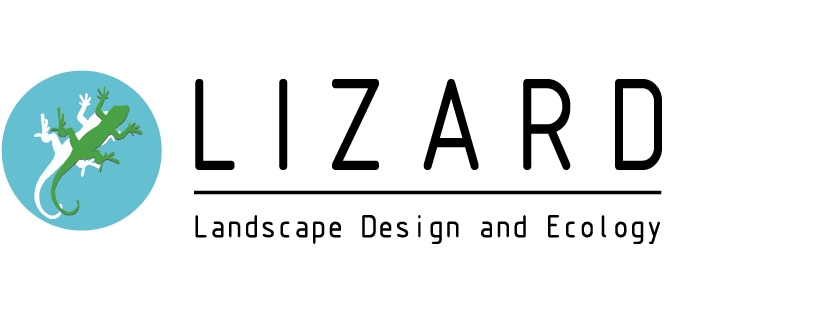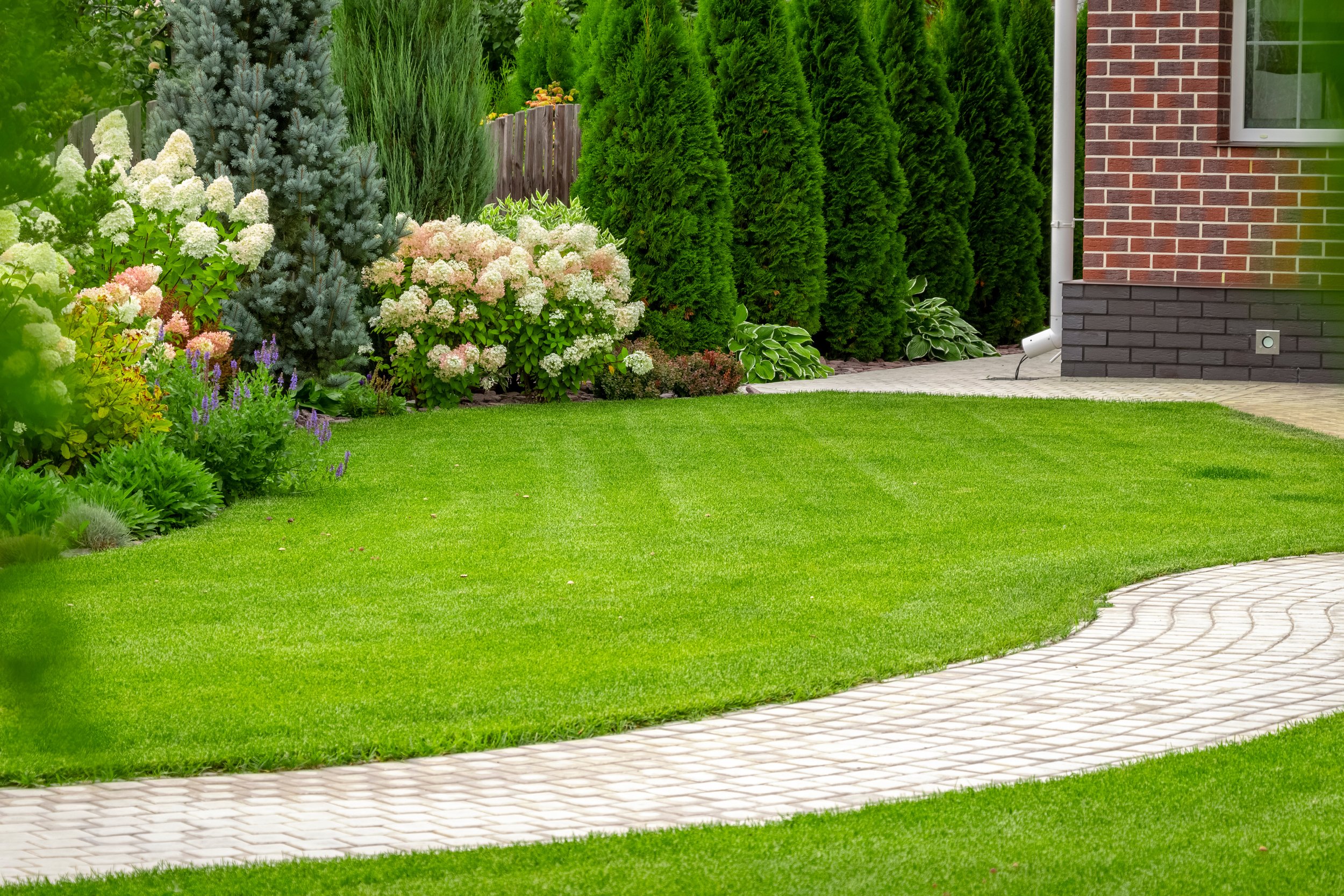Every garden is different, which means that when you’re designing your landscape, you want to make sure that it fits your preferences and works best for your garden. For example, someone with a huge garden is going to have different design considerations than someone with a much smaller space. In this helpful guide, we outline ways in which you can create the ideal landscape development for your garden.
Landscape Appraisal
The first step of any landscaping journey is landscape appraisal. An ecologist or landscaping expert will look at your current landscape and determine the best course of action. This, combined with your own preferences, will then give you options about how to design and continue to develop your landscape.
Landscape development is an art form, and it’s also an ongoing process. You want to create a landscape that can cope all year round, and that you can truly enjoy. You also want to garden that suits your family and the environment around you.
Ecology & Landscape Development
One of the most important factors to consider when designing a landscape for your garden is the local ecosystem and environment. An ecological landscape is one that works best for local plants and animals, providing habitats, food, and shelter. This, in turn, helps nature to thrive and provides a small sanctuary for you to enjoy.
Not only this, but if you lean towards plants that are local to your area, then they’re more likely to thrive. Rather than constantly having to manage and battle against nature to keep your garden looking beautiful, you can let nature do its thing and work along with it.
Designing Landscapes For Your Needs
While it’s admirable to want to focus on creating a more ecological landscape, it’s understandable that you want a garden that you can use and enjoy. These two considerations don’t need to clash. If you simply want to create a beautiful garden, then leaning towards local and natural designs is a great first step.
However, if you also use your garden, then you also need to think about the needs of your family. Children and pets appreciate empty spaces to run around in, and you should also consider places to sit, prepare food, and relax. You can find a middle ground between a featureless lawn and a jungle.
Another idea is to integrate vegetable plots into your garden. This means that your landscape can be as practical as it is useful. If you have vegetables near pollinator-friendly plants, then you are feeding yourself and nature all at once. Vegetables are also better for you and the environment, cutting down on packaging and transportation costs while providing a delicious treat.
Hardscaping Zones
Landscaping typically deals with plants and trees, but it can also involve moving the earth to create interesting designs and even hardscaping, where you use rocks and other materials as part of your garden design.
Hardscaping can include patios and walls, so you can section off parts of your garden for practical use. By really thinking about your needs when designing and developing your landscape, as well as the area you live, you can create something beautiful and practical.
Want to develop the perfect landscape for your garden? At Lizard Landscape Design & Ecology, we offer full outline landscape strategies, landscape assessments and appraisals, detailed planning submissions, and detailed hard and soft design schemes. Contact us today.

